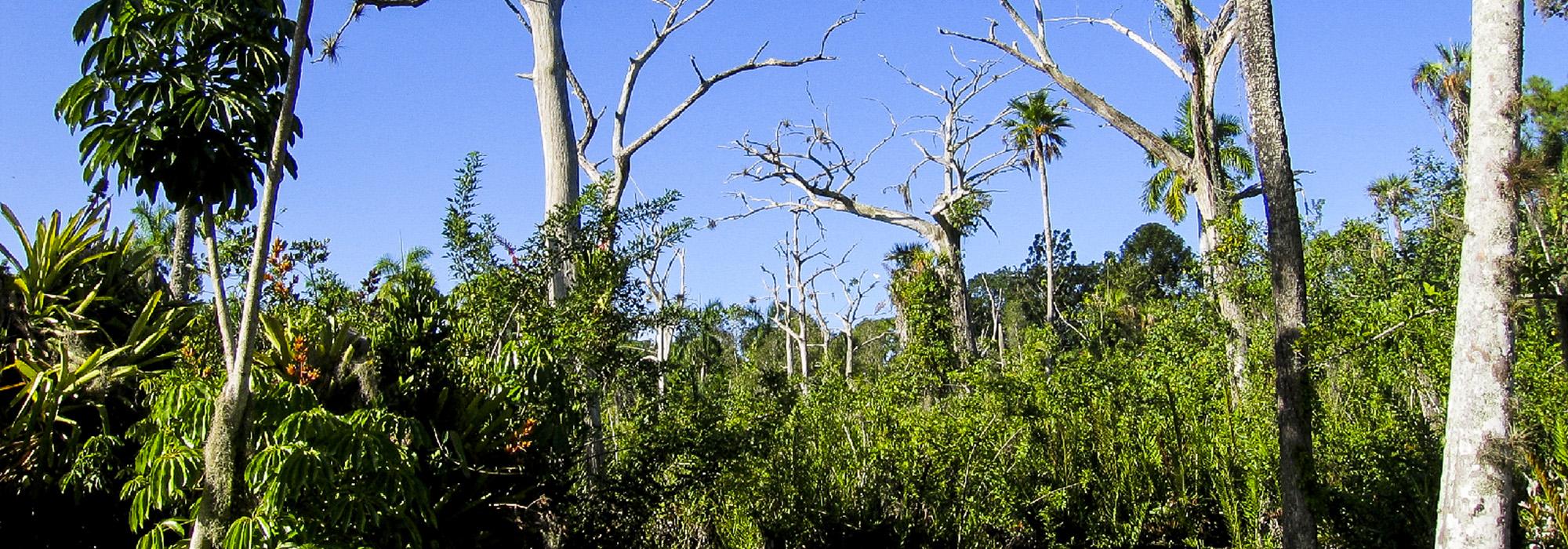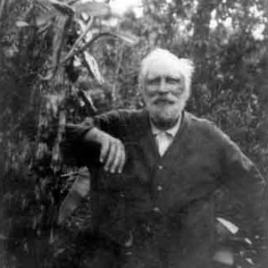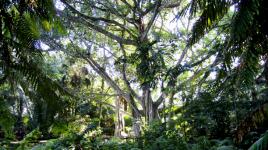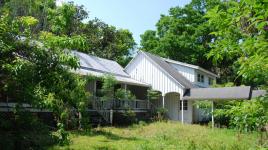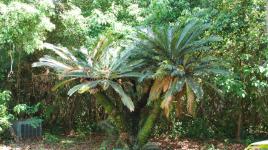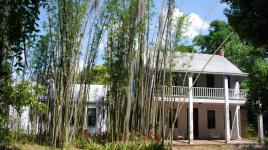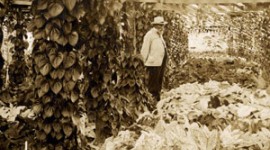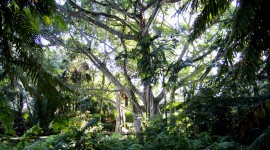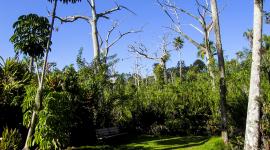Pioneer Information
Known as a naturalist, botanist, and ornithologist, Dr. Nehrling’s writings on nature reached international fame. His sense of nature was established early on by his experiences in the undeveloped pine forests of Sheboygan County Wisconsin.
Nehrling graduated with a Classical education from the Lutheran Teachers Seminary in 1873 and became a teacher in the Chicago suburbs. He soon moved to Texas and spent ten formative years there. Nehrling returned to Wisconsin to fill the position of director of the new Public Museum of Milwaukee, but maintained his ties to the southeast by purchasing a rural estate in Gotha, Florida. In Gotha, Nehrling established the Palm Cottage Gardens, an extensive collection of hybridized tropical plants which he shared with visitors and sold on the consumer market. Leading plant scientists visited Gotha to study his plant collections, many of which had never been seen outside of their native environment.
After a deep frost killed many of Nehrling’s tropical plants, he reestablished his nurseries in Naples, Florida. By 1925, more than three-thousand species of ornamental plants were growing in what he called ‘My Garden of Solitude’ (now Caribbean Gardens), the first designed wilderness garden in Florida.



